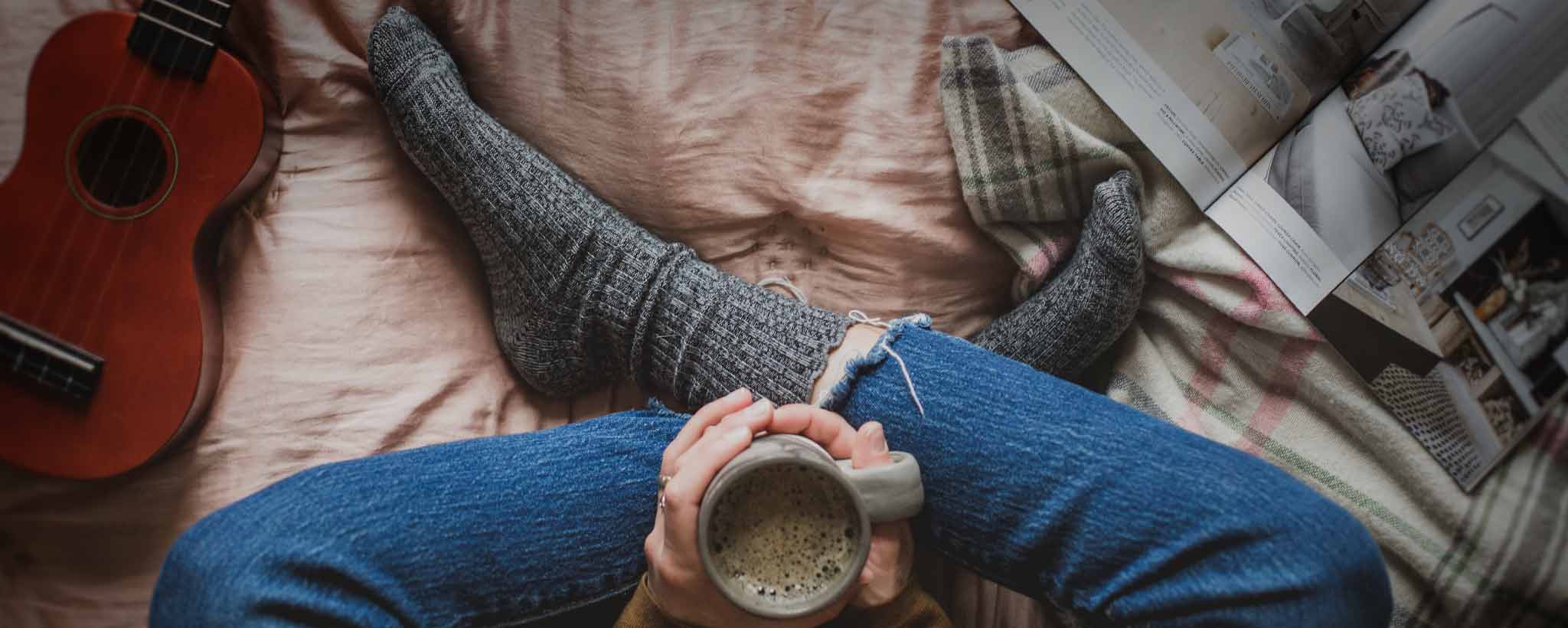If you write a blog about anything other than your own life with selfies, there is a good chance you need photos to draw in your readers.
When To Buy Stock Photography
Whether you are a blogger or e-commerce merchant, your website needs photographs. Resellers might expect wholesalers to provide product art. But angles, shadows, backgrounds, and resolutions vary among suppliers. This may require custom photography.
Photographers should be compensated for years of study, practice, equipment investments, and dedication. Many work on assignment and, perhaps more, submit images to stock photography websites.
With excellent keyword filters and a vast selection, Adobe Stock is one of the most popular. Currently, for 10 bucks per month, 10 subscription images are credited to your account. Competitors like iStockphoto.com (by Getty Images), Shutterstock.com, and Dreamstime some times advertise 100 photos for $100 to get away from the monthly subscription model.
Photographs that are more difficult to acquire because of altitude, travel distance, or complexity are not usually among the bargain photos. Adobe Stock also offers more expensive premium and extended-use images.
Low-price stock images are often from up-and-coming photographers. The stock photographs may be outtakes from experienced photographer photo shoots.
You might find that lighting or color balance is not ideal. Aberration is sometimes noticeable when zooming in. Model hair and makeup are not often ideal. Products may have visible dust and fingerprints. Some scans from analog photographs include scratches. In short, Photoshop skills are helpful. Do not expect bargain photos to be of the caliber of “amazing sports photos.”

Photo by Clem Onojeghuo on Unsplash.
Pay attention to usage rights. Some require photographer attribution. For others, it may be optional. Do not expect to buy a photo for a buck and then get rich reproducing it on T-shirts without getting either a cease-and-desist order or a request for a supplemental licensing fee.
Free Options for Stock Photography
If you write a blog about anything other than your own life with selfies, there is a good chance you need a resource for photos to draw in your readers. When you are on a tight budget or over your limit on a subscription model, free options like the ones below may be best:
- Burst
- FoodiesFeed
- Freepik
- Freestocks.org
- Gratisography
- ISO Republic
- Kaboom Pics
- Life of Pix
- Morguefile
- New Old Stock
- Pexels
- Picjumbo
- Pikwizard
- Pixabay
- Pixino
- PXHere
- Rawpixel
- Reshot
- SkitterPhoto
- Stockvault
- StyledStock
- Unsplash
- Wunderstock
The user interface for many of the royalty-free sites is similar but keyword tags affect search results. You may discover a few of the same images on multiple sites. Ads on free stock websites sometimes integrate alternative fee-based stock photos with results. Sites that charge have better search engines and filters with more photographs, vectors, and videos.
Photographers snap pictures every day, testing composition, camera settings or documenting adventures. Within months they can therefore acquire a vast collection of random images. To get by, they may monetize them by offering them as stock images. This provides exposure (no pun intended) so name credit is often appreciated.
The downside to stock photography is that you cannot control when others may use the same image. For branding, this can cause a bit of confusion if competitors or unrelated but damaging entities use the same photo. For distinction, use tight cropping, photo filters, or create montages.
Main photo by Arun Anoop from Unsplash.







